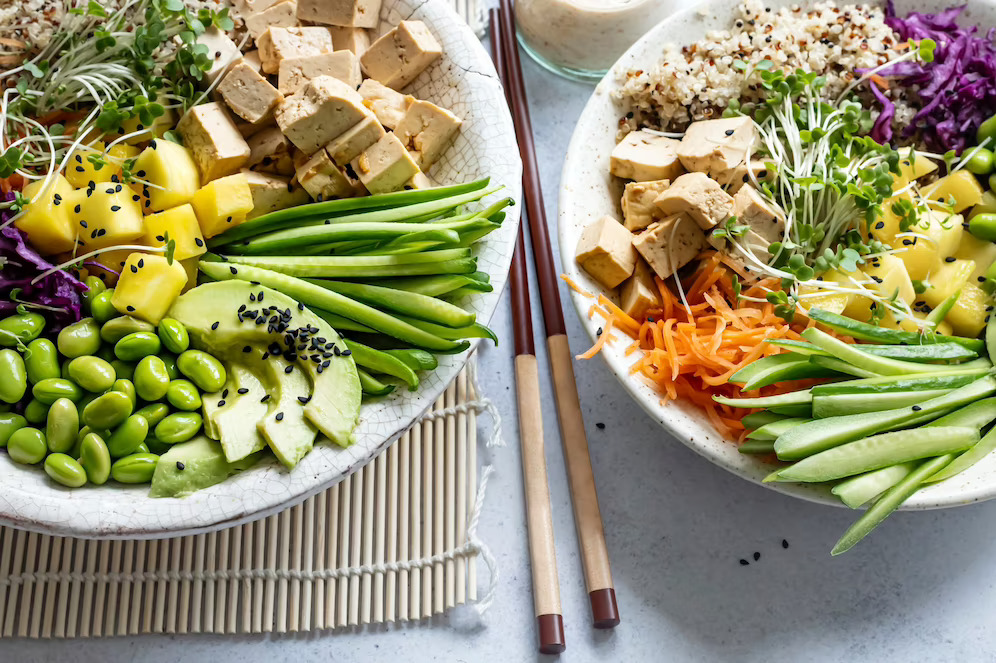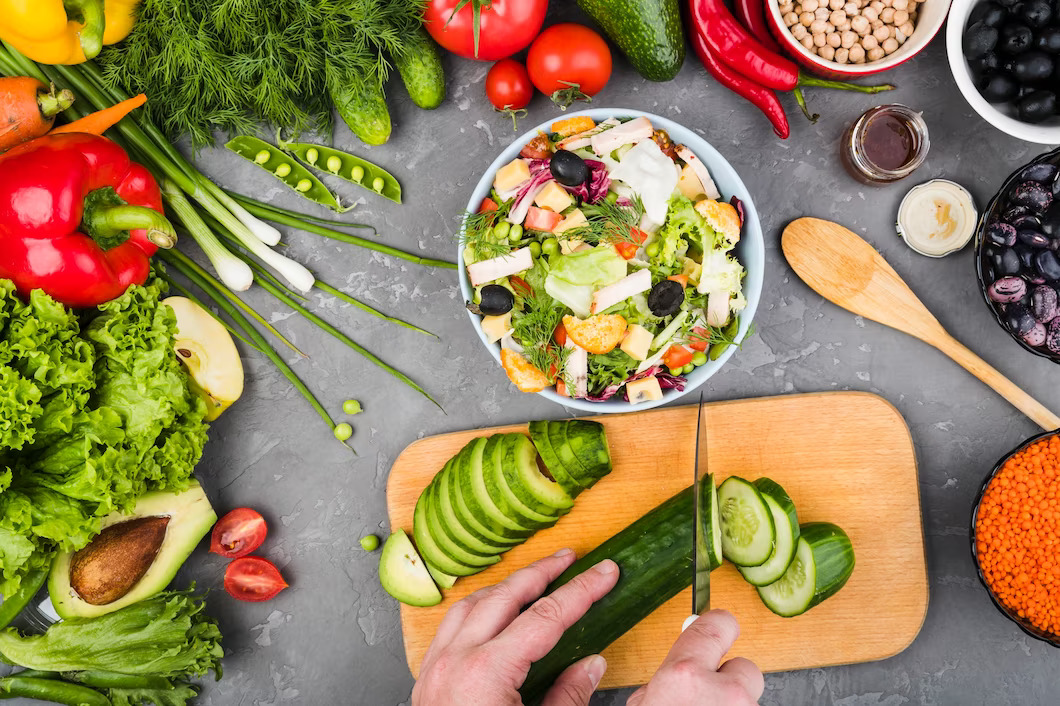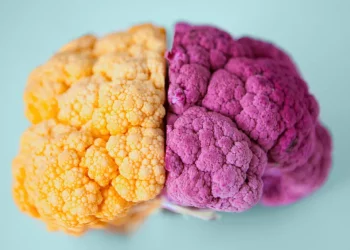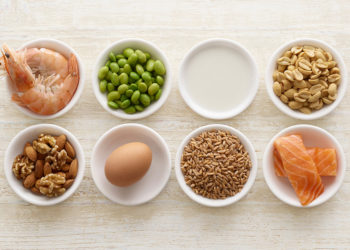Comment couvrir ses apports nutritionnels avec une alimentation végétale?
Is a vegan diet balanced? How can it be practised without the risk of deficiencies and deficiencies, and to ensure the nutrient and amino acid requirements derived from proteins?
However, in a vegan diet, whole food groups are avoided. It is difficult, therefore, to guarantee an adequate intake of certain nutrients. And yet some studies show that people who eat a vegan diet often have a lower risk of suffering from diet-related illnesses.
Benefits of plant proteins
Proteins are essential to the body because they have a structural role and are involved in a large number of processes, such as the immune response, oxygen transport in the body and digestion.
Long associated with the animal kingdom, they have always been present in the plant kingdom from a variety of sources, all derived from plants or any other vegetable element.
Reducing your meat consumption to improve your health by substituting it with plant proteins is a good way to optimise your health. Some research suggests that a plant-based diet has a positive impact on preventing the risk of developing metabolic syndrome, managing diabetes, preventing cancer and managing weight. But it also helps to reduce the risk of cardiovascular disease and death. (réf.)

What’s more, their high fibre content encourages good intestinal bacteria, leading to smoother digestion and better cardiovascular health thanks to the soluble fibre they contain. A vegetarian diet also offers a number of micronutrition benefits: magnesium, potassium, folates and antioxidants such as vitamins C and E and phytochemicals. (réf.).
Not to mention that plant proteins protect the environment!
How to make the vegan diet nutritionally optimal
1. Omega-3
Omega-3s of plant origin have just as many benefits for the body as Omega-3s of animal origin, preventing dysfunctions and ensuring optimal health.
Plant Omega-3s, in the form of alpha-linolenic acid (ALA), are mainly found in:
Cold-pressed vegetable oils: camelina, rapeseed, linseed, walnut, hemp, etc.
Linseed and walnuts
Green leafy vegetables (spinach, purslane and rocket).
This type of Omega-3 is essential in the diet as the body cannot synthesise it. This is in contrast to animal Omega-3s, which can be manufactured by the human body from ALA. Hence the need to provide plant-based Omega-3s on a daily basis, given their importance in the biosynthesis of EPA and DHA, which has been well studied to date. (réf.)
Consumption of foods rich in ALA has been shown to be beneficial against non-communicable diseases such as metabolic diseases, inflammatory diseases and cardiovascular disease, among others.
2. Vitamins B12, Fe and Zn
Plant-based foods differ from animal-based foods in their nutrient content. While animal-based foods are richer in certain minerals and proteins, healthy plant-based foods are often rich in phytochemicals, vitamins and high-quality fatty acids, as we saw earlier.
Vitamin B12, which is essential for many cellular activities, DNA synthesis and neurological function, is the only nutrient not found naturally in plant foods. This vitamin is manufactured by bacteria living in the digestive tract of animals. A deficiency can be dangerous to health, causing anaemia as well as neurological and nerve damage. It is therefore essential to eat food enriched with vitamin B12 and/or to take supplements.
Iron is essential for transporting and storing oxygen in the body, as well as for the proper functioning of the immune system. Highly present in red meat, it can also be found in plant foods but in a non-haem iron form, which is more difficult for the body to absorb than the haem iron present in animal foods.
Good vegan sources of iron are black-eyed peas, chickpeas, kidney beans, white beans, soya beans, lentils, spinach, tofu, fortified cereals, chard, sea vegetables and cashew nuts. The iron present in these plants is better assimilated when accompanied by foods rich in vitamin C.
Essential for growth, development and cell metabolism, zinc is a mineral found in protein-rich foods. The body does not absorb zinc from plant foods as well as it does from animal foods. A vegan diet should therefore include a daily intake of these zinc-rich plants: pumpkin seeds, baked beans, fortified cereals, wheat germ, tahini, peanuts and cashew nuts. Smaller amounts are found in quinoa, rolled oats, lentils, chickpeas, tofu and tempeh.
What are my plant protein requirements?
Proteins are essential to the body because of the amino acids they contain. Proteins from the plant kingdom are said to have poorer nutritional qualities because they are less rich in amino acids than animal proteins.
The body needs 9 essential amino acids from food because it cannot manufacture them. In the case of plant proteins, two essential amino acids are less present: lysine and methionine. This being the case, it is essential to combine some of these proteins to ensure optimum intake of essential amino acids, particularly from cereal products and pulses during the same meal. This is particularly true of Renski’s seitan, which is made from wheat and lentil proteins, providing a profile of essential amino acids in a single protein.

The only plant protein that provides all the essential amino acids is soya and its derivatives (réf.); so it acts as a complete source of protein and at the same time provides numerous health benefits.
What are plant proteins?
Here are all the sources of vegetable protein:
- Soya-based: tempeh, tofu, edamame, soya milk
- Based on beans or legumes: lentils, beans, chickpeas, black beans, etc.
- Based on pea protein: pea protein, pea milk
- Cereal-based: seitan, Ezekiel bread, wholemeal flour, spelt, teff
- Nut and seed-based: almonds, cashew nuts, Brazil nuts, pistachios, chia seeds, hemp seeds, flax seeds, quinoa
- Other: mycoprotein, spirulina

Top 5 plant proteins per 100g (why they’re the best)
- Seitan: 75g
- Algae: 60g
- Soya: 36g
- Lentils (cooked): 25g
- Almonds: 25g






